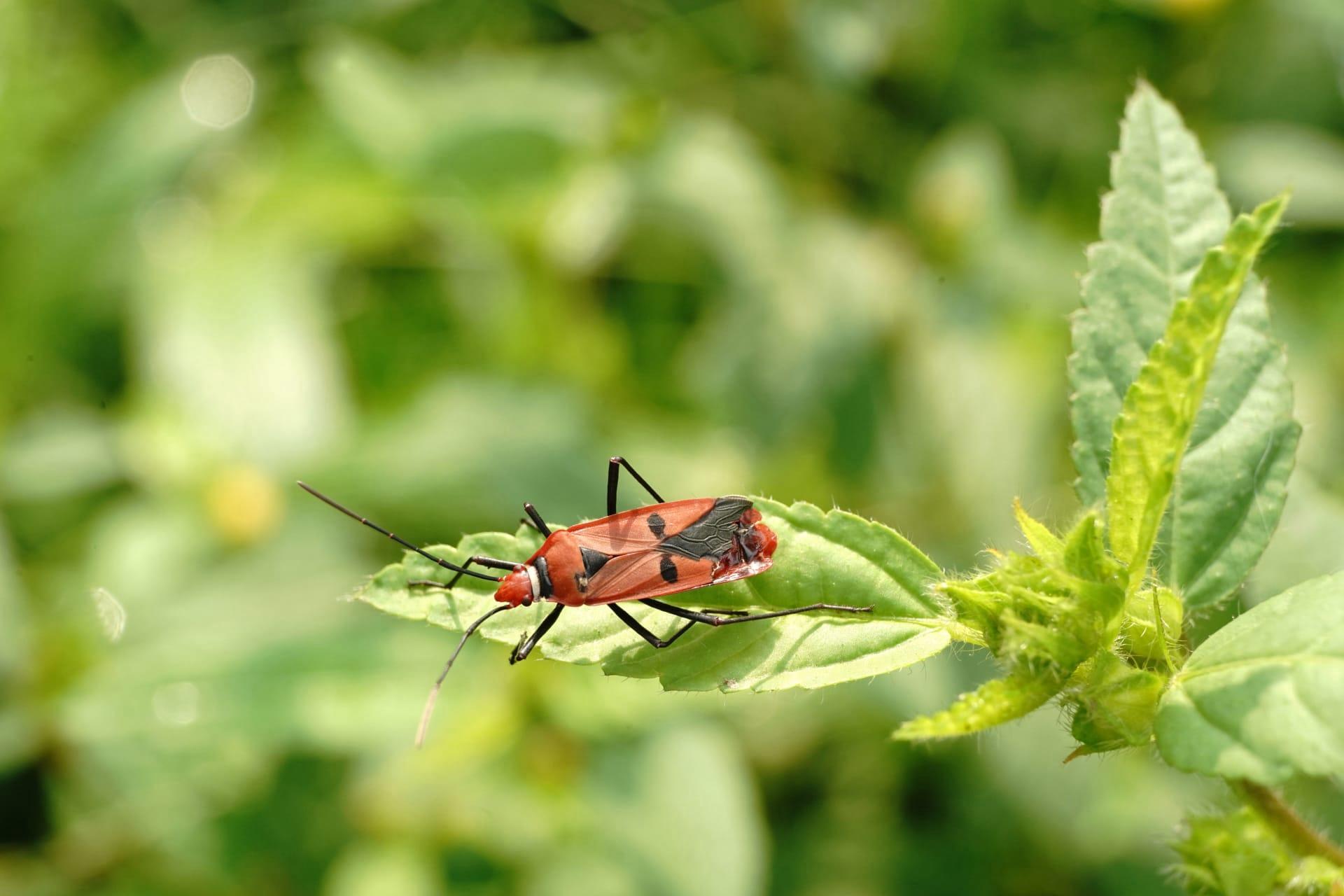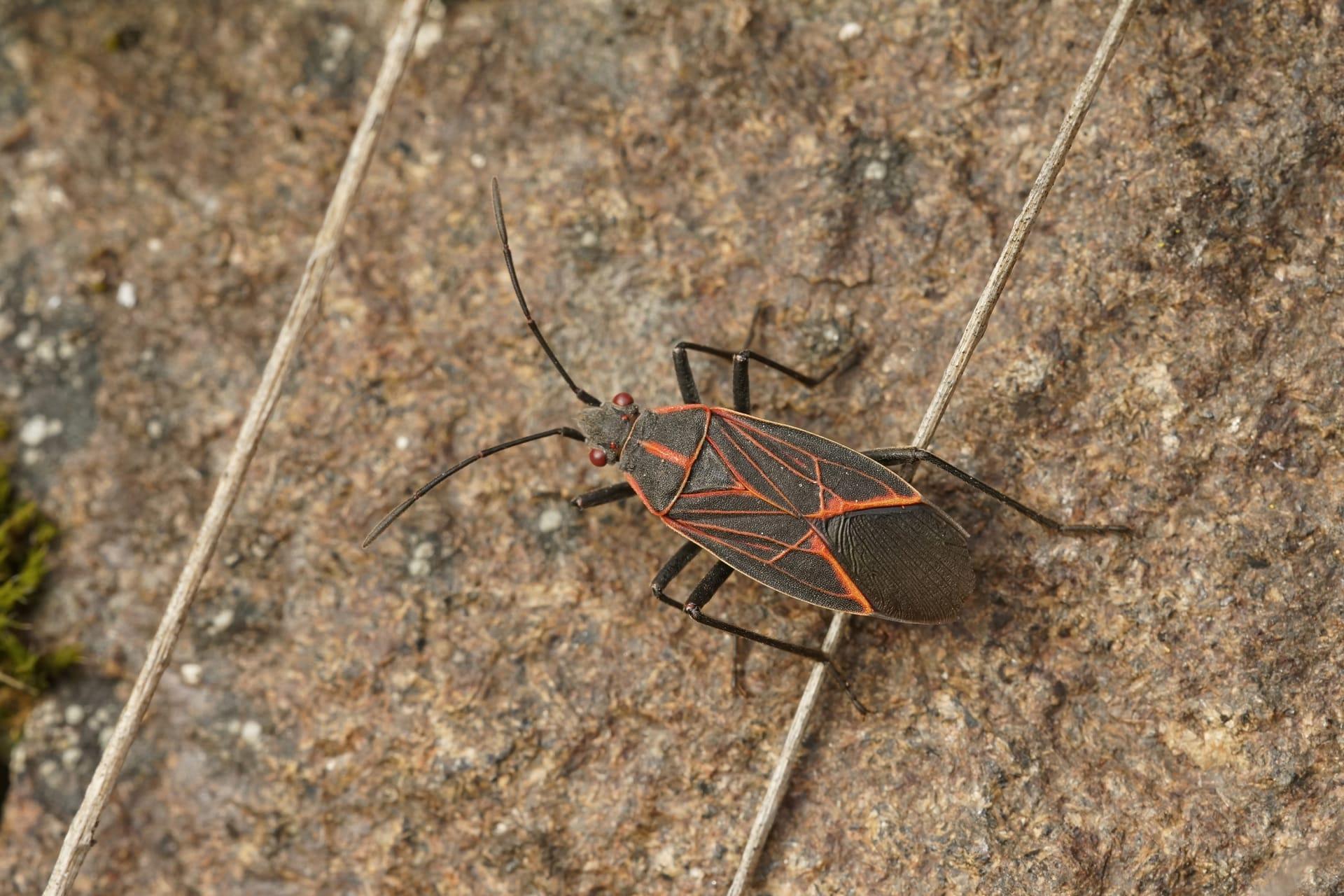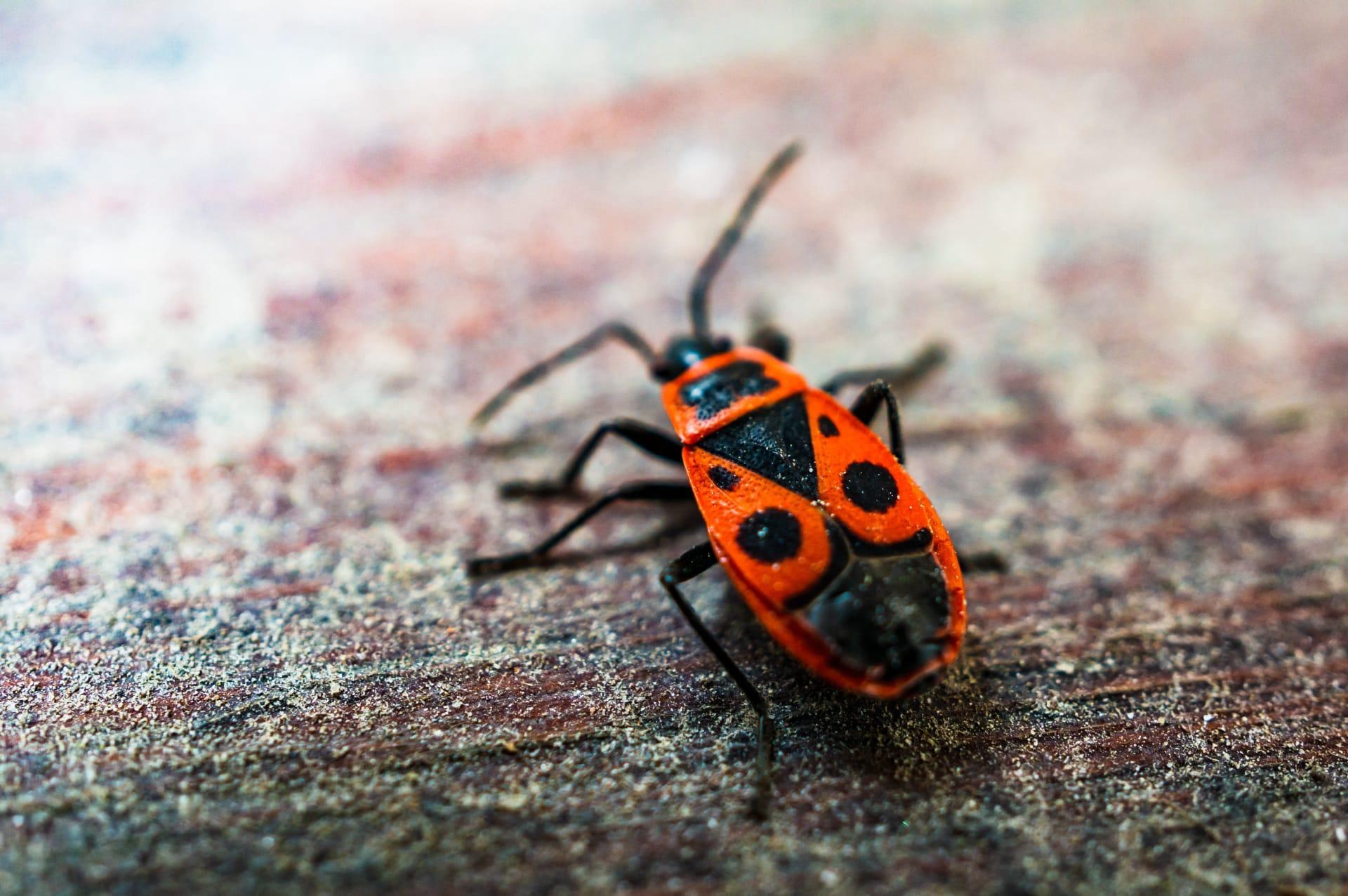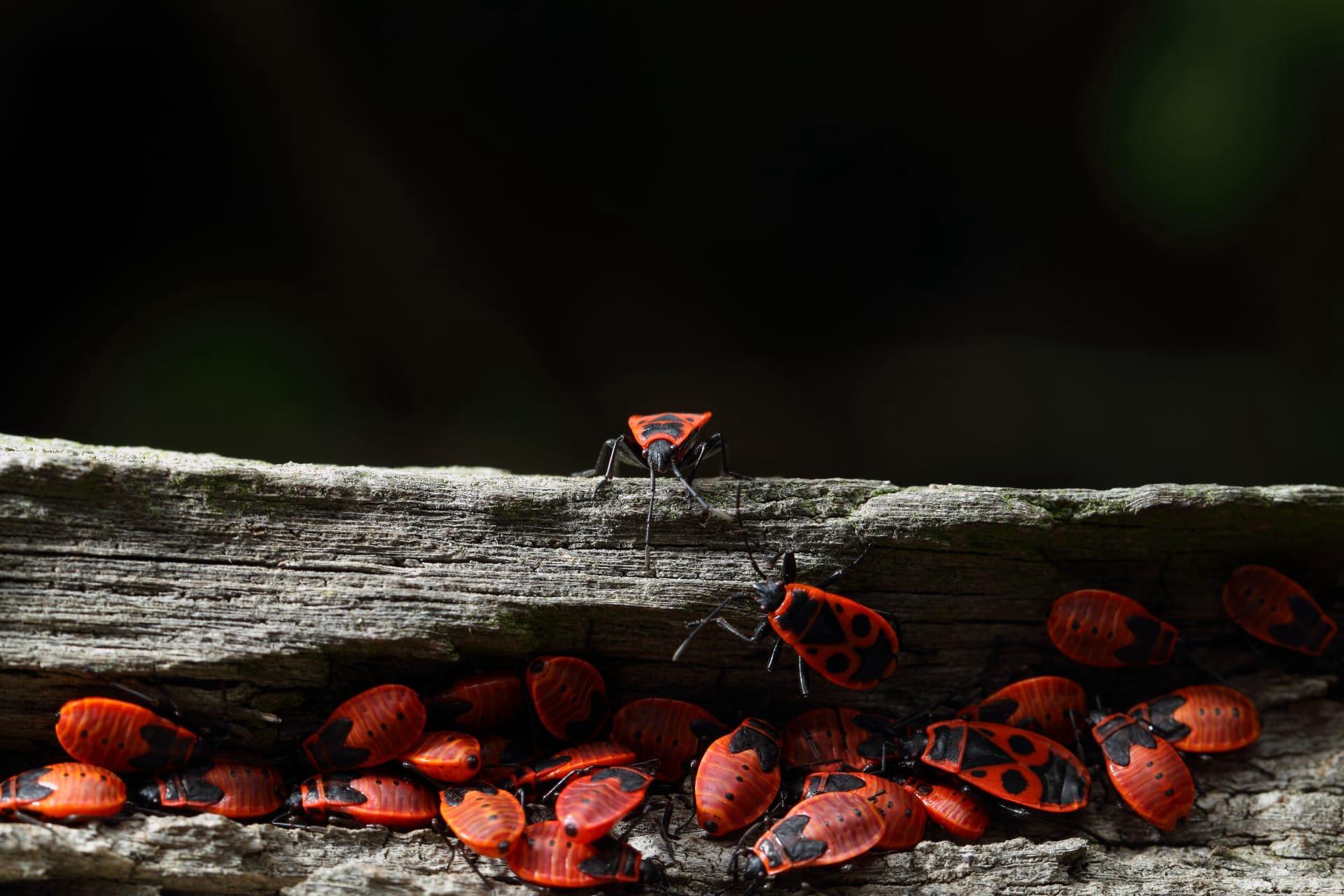Boxelder Bug Trivia
- Home /
- Trivia Question /
- Animal /
- Boxelder Bug Trivia
1
Question: What distinguishes the appearance of Boxelder Bugs from other similar insects?
Answer: Boxelder Bugs, scientifically known as Boisea trivittata, are easily recognizable by their distinctive black and red or orange markings. Adults typically measure about 0.5 inches (1.27 cm) in length. They have a black body with three red stripes running lengthwise down their back. Their wings are flat and red with black veins, creating a striking contrast. The nymphs (young bugs) are bright red and gradually acquire black markings as they mature.
Question: How do Boxelder Bugs survive the winter?
Answer: Boxelder Bugs are known for their ability to survive cold winters. As cold weather approaches, they seek shelter in cracks and crevices in buildings, homes, and trees to overwinter. They enter a state of diapause, a form of hibernation, where their metabolic activity significantly slows down. This survival strategy allows them to emerge in spring when the temperature rises, ready to feed and reproduce.

2
Question: Do Boxelder Bugs pose a threat to human health?
Answer: Despite their intimidating appearance, Boxelder Bugs are not harmful to humans. They do not bite or transmit diseases. However, their excrement can stain surfaces, and when crushed, they emit a foul odor as a defense mechanism. In large numbers, they can become a nuisance, especially when they invade homes seeking warmth during the fall.
Question: Are Boxelder Bugs damaging to plants and crops?
Answer: Contrary to popular belief, Boxelder Bugs are not significantly harmful to most plants. Their primary food source is the seed pods of the boxelder tree, and they may also feed on maple and ash trees. They do minimal damage to these trees, primarily feeding on fallen seeds and leaves. They are not considered a serious agricultural pest and rarely cause significant damage to gardens or crops.

3
Question: What is the reproductive cycle of Boxelder Bugs?
Answer: Boxelder Bugs reproduce in spring and early summer. Females lay eggs in the crevices of tree bark, especially in boxelder trees. These eggs hatch within two weeks, releasing nymphs that undergo five stages of development before becoming adults. This cycle takes about 60 to 75 days. In ideal conditions, Boxelder Bugs can produce several generations within a single year.
Question: How do Boxelder Bugs communicate and interact within their species?
Answer: Boxelder Bugs are not highly social insects, but they do aggregate in large numbers, especially when seeking warmth or shelter. They communicate primarily through chemical signals. When one bug finds a suitable overwintering spot, it releases a pheromone that attracts others. This behavior explains why they are often found in large clusters, especially around buildings and trees in the fall.

4
Question: What natural predators do Boxelder Bugs have?
Answer: Boxelder Bugs have several natural predators that help control their population. Birds, especially sparrows and robins, feed on them. Among insects, praying mantises and some species of spiders are known to prey on them. In addition, certain types of fungi can infect and kill Boxelder Bugs, acting as a natural form of pest control.
Question: Can Boxelder Bugs fly, and how well do they move?
Answer: Yes, Boxelder Bugs are capable flyers. They have two sets of wings: the front wings are thick and protective, while the hind wings are more membranous and suited for flight. They fly to find new feeding grounds and to escape predators. Despite their flying ability, they often prefer to crawl and are particularly adept at climbing vertical surfaces.

5
Question: What impact does weather have on Boxelder Bug populations?
Answer: Weather plays a significant role in Boxelder Bug populations. Mild winters and hot, dry summers can lead to population booms. Warm weather accelerates their reproductive cycle, while mild winters increase their survival rates. Conversely, harsh winters and wet conditions can decrease their numbers as these conditions are less favorable for their survival and reproduction.
Question: How can Boxelder Bug infestations be managed or prevented?
Answer: Preventing Boxelder Bug infestations primarily involves sealing cracks and openings in buildings where they may seek shelter. Removing boxelder trees and other host plants from near buildings can also reduce their presence. Insecticides are generally not recommended unless the infestation is severe. Non-toxic methods such as vacuuming them up or using soapy water to deter them are preferred, as they are environmentally friendly and pose no health risks.